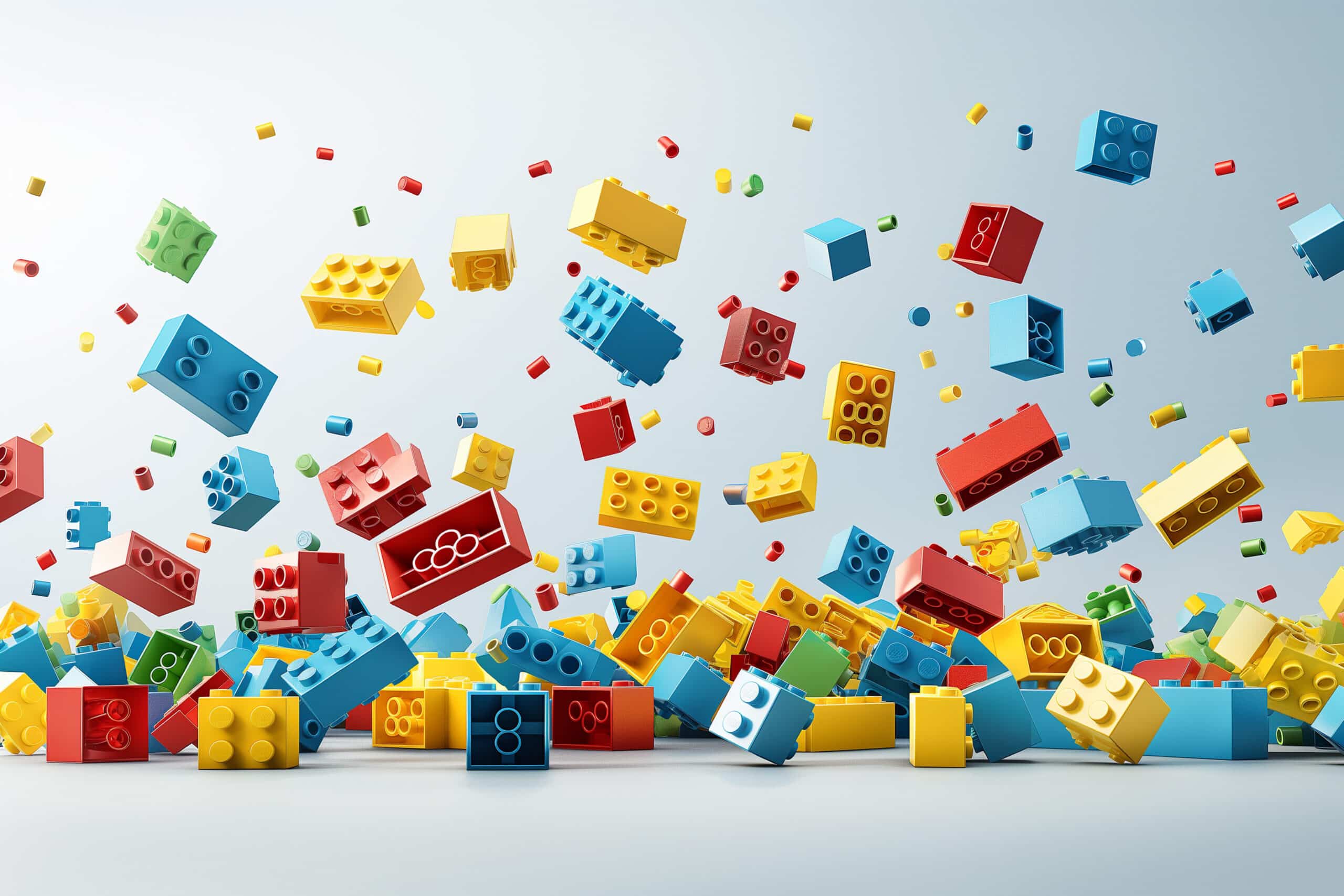
Adapting to Change

The Role of Lifelong Learning in Modernising the Manufacturing Workforce
As an engineering manager, I’ve been around long enough to watch manufacturing transform in ways that would make Henry Ford’s head spin. In today’s world, the need for continuous learning isn’t just a corporate buzzword—it’s essential. The industry is becoming more advanced, with AI-driven machinery, interconnected systems, and real-time data all creating a demand for workers who can adapt and keep up. So how do we get there? It’s a mix of fostering curiosity, investing in digital tools, and embracing a learning culture that turns training into a continuous process.
Remember when training was a one-time event? You’d send employees off for a week, they’d return with a certificate, and that was it. Those days are over. Now, training needs to happen on the job, right in the middle of actual work. Imagine a technician troubleshooting a machine while a digital guide walks them through it, teaching them a new skill in the process. This kind of “workflow learning” isn’t just effective—it’s game-changer. Workers learn exactly what they need, at the exact moment they need it, which helps them retain those skills long-term. Plus, it’s immediate; no more waiting for the next training seminar.
Enter digital tools and AI, the heroes of this story. In manufacturing, there’s often a knowledge gap between seasoned experts who know the machinery inside and out, and newer workers who are still learning the ropes. With tools like augmented reality (AR) and AI-powered apps, even a less experienced worker can have instant access to detailed guides and troubleshooting help. Imagine a worker wearing AR glasses, which show them each step of a repair in real-time. No more flipping through manuals or waiting for the next shift to get guidance. This transfer of knowledge isn’t just efficient; it’s empowering. Everyone gets the tools they need to succeed, no matter their experience level.
Now, I’d be lying if I said there’s no resistance to this change. Not everyone jumps at the chance to embrace new tech, and that’s natural. Many workers have been on the job for decades and are understandably cautious about changing the way things have always been done. But here’s the thing: these digital learning platforms are designed to support, not overwhelm. They’re meant to be intuitive, feeling as natural to use as scrolling through your phone. When workers see that these tools genuinely help them solve problems faster, the buy-in starts to happen naturally.
Creating this culture of lifelong learning isn’t just about the tools, though; it’s about leadership too. If leaders embrace learning and model curiosity, it trickles down to the rest of the team. Practical actions, like setting up learning stations on the factory floor or recognising employees who embrace new skills, can make a big difference. We’re aiming for a workplace where learning isn’t seen as extra but as part of everyone’s role.
Ultimately, lifelong learning is more than just a way to stay competitive—it’s what keeps our industry alive. With a workforce that learns continuously, manufacturers can be more resilient and agile, ready to meet the demands of an industry that won’t stop advancing anytime soon. In the end, our goal is simple but powerful: to have a workforce that’s always ready, always growing, and always ahead of the curve. So here’s to adapting, learning, and moving forward together—one skill at a time.
